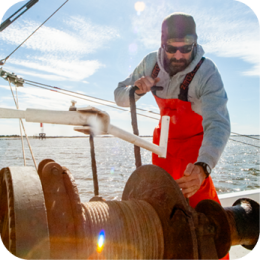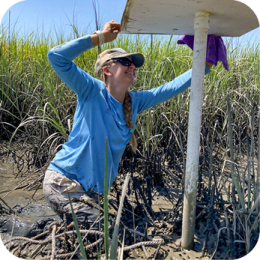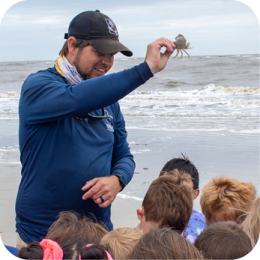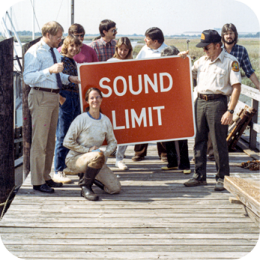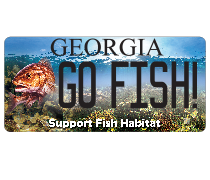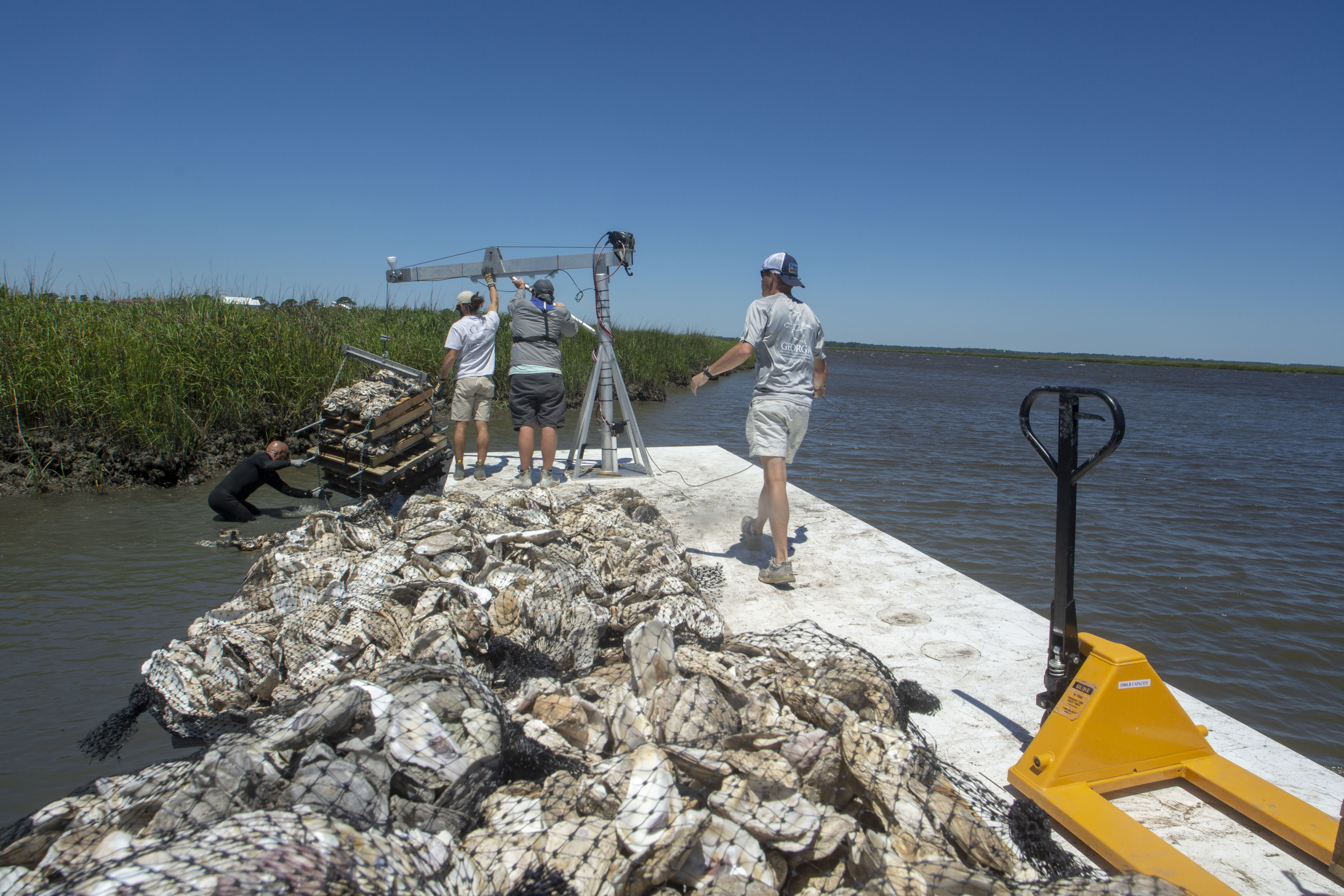
The Georgia Department of Natural Resources (DNR) recently completed the first phase of a major oyster bed restoration project in Glynn County.
Marine biologists and technicians with DNR’s Coastal Resources Division (CRD) placed more than 3,700 bags of recycled shells on the east bank of the Back River near the F.J. Torras Causeway, completing the project on Friday, May 1, 2020.
“This is an area where we had deployed test plots in 2017 that were very successful,” said Cameron Brinton, a marine biologist with CRD’s Habitat Enhancement and Restoration Unit. “We have high expectations for this project. It’s already one of the largest restoration projects we’ve done. We’re planning on doubling the reef’s size in 2021.”
Oyster reefs, like the one constructed recently, create the necessary environment for wild oysters to thrive in Georgia’s coastal waters. The growth of oyster reefs in Georgia is limited by the availability of the hard substrate necessary for oyster populations to expand. When oysters spawn, they release sperm and eggs into the water column. Within a few minutes, the sperm will fertilize the egg. In about two weeks, the larva mature to a point where it is ready to set on a hard substrate, like other shells or concrete dock pilings. Once the oyster sets on a hard material, it will remain there for the rest of its life cycle.
“So, restoring oysters is a matter of providing oyster shell or some other hard, suitable material for the wild oyster larva to settle upon,” Brinton said.
To ensure the viability of the Back River artificial oyster reef, CRD biologists placed the bagged oyster shells on wooden pallets. The pallets create a foundation for the bagged oysters and prevent them from sinking into the soft marsh mud, which could prevent the establishment of new oyster growth. The wood will eventually rot once the oyster bed is established.
“We also time our deployments in order to maximize our success,” Brinton said. “The oyster shell is going out during or slightly before the peak spawning period of the Eastern oyster.”
CRD biologists expect the Back River artificial oyster bed to be comfortably established within 12 to 18 months.
Oysters are an essential species in Georgia’s coastal water. They provide essential fish habitat for sportfish, including Red Drum and Spotted Seatrout, and a safe environment for species like shrimp to reach maturity. Oyster beds also prevent riverbank erosion during storm events, and filter pollutants from the water; a single oyster can filter as much as 50 gallons of water in a 24-hour period.
The Back River oyster restoration project was funded with a mixture of state and federal dollars, as well as contributions from the Coastal Conservation Association of Georgia and pallet supplier Pallet One. Numerous volunteers also donated their time to bag the oyster shells.
For more on CRD’s artificial reef program, visit www.CoastalGaDNR.org/HERU.
Members of the media who would like to learn more about CRD's artificial reef programs may contact Tyler Jones at 912-230-3140 or tyler.jones@dnr.ga.gov.
 An official website of the State of Georgia.
An official website of the State of Georgia.





